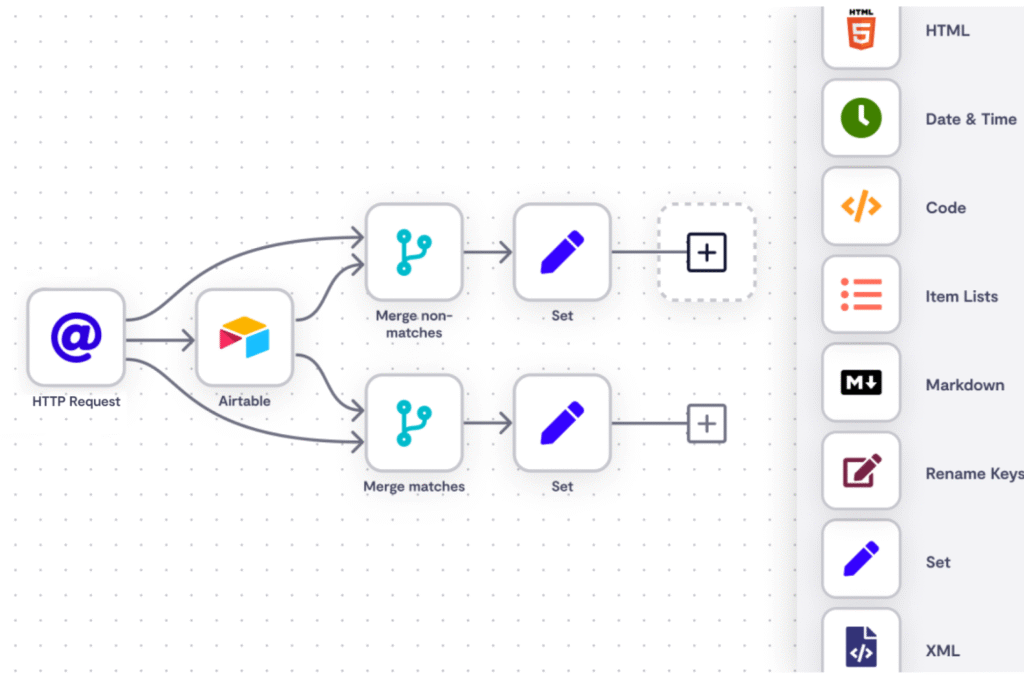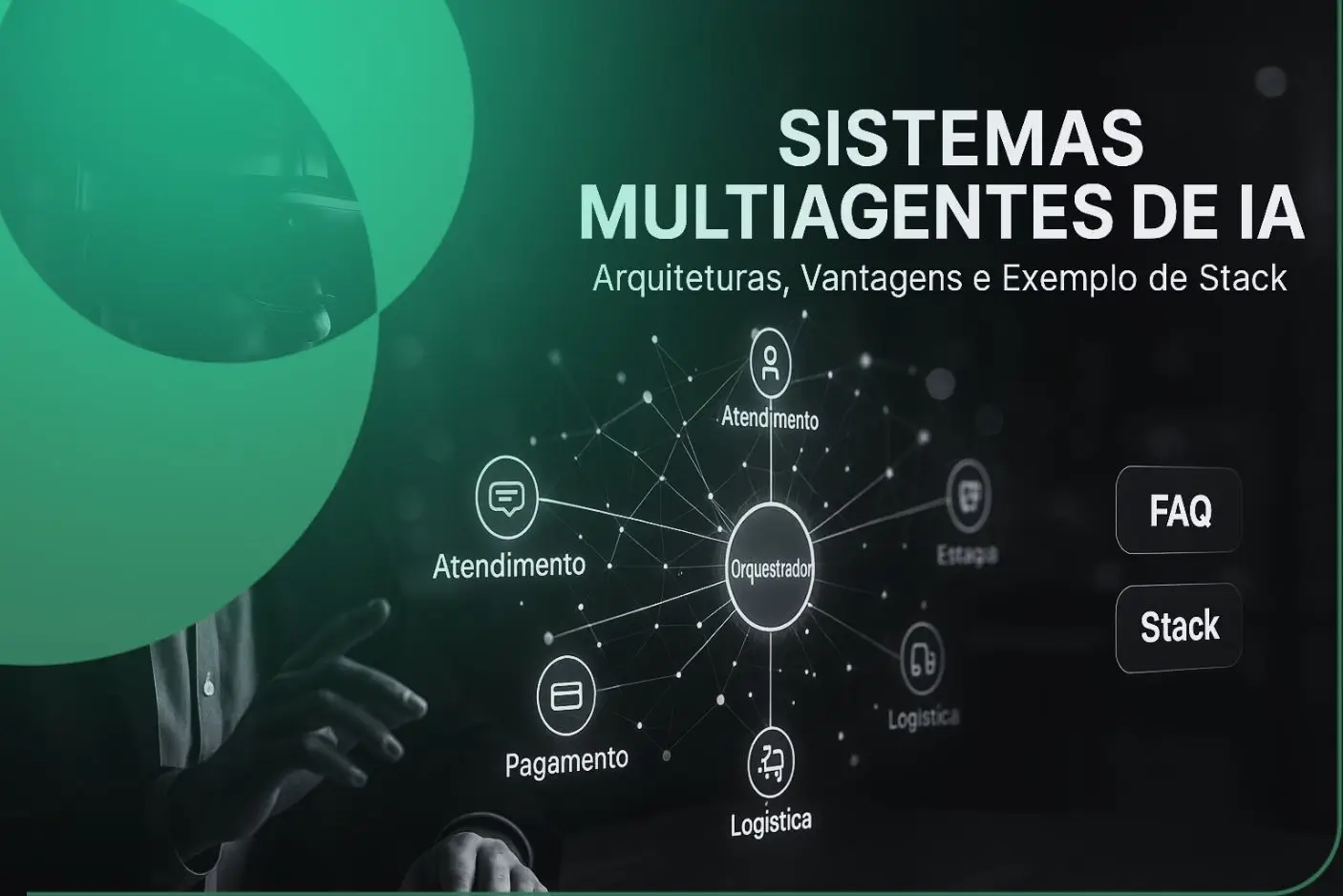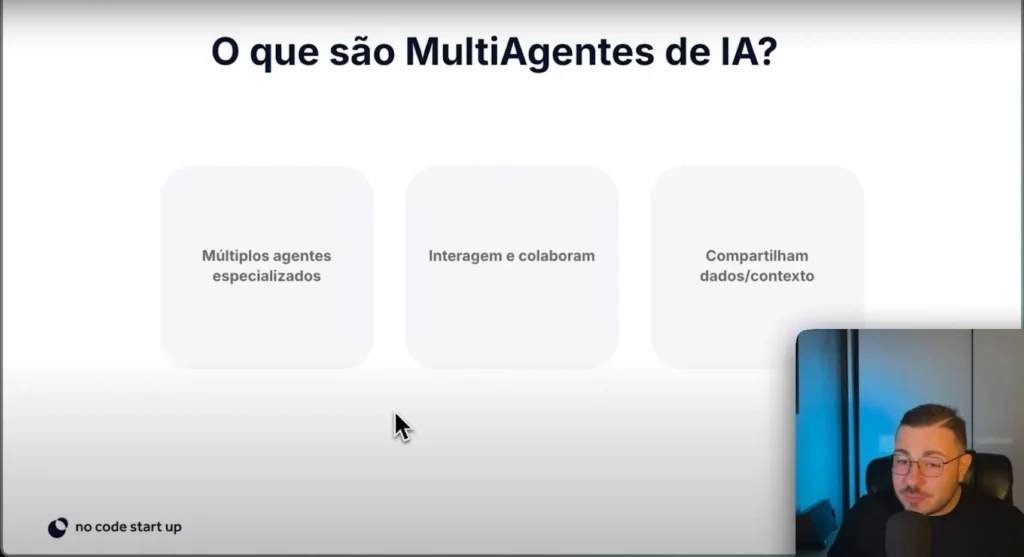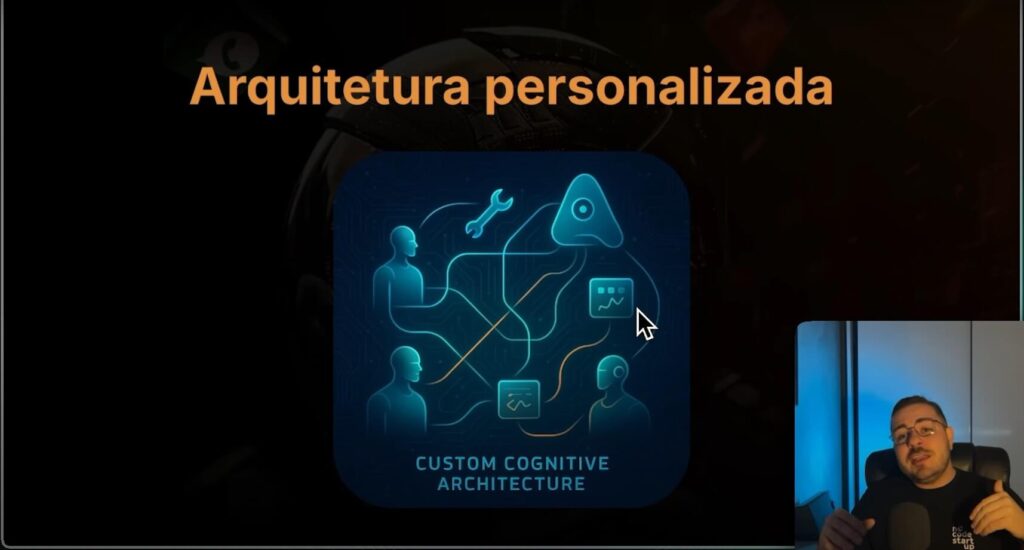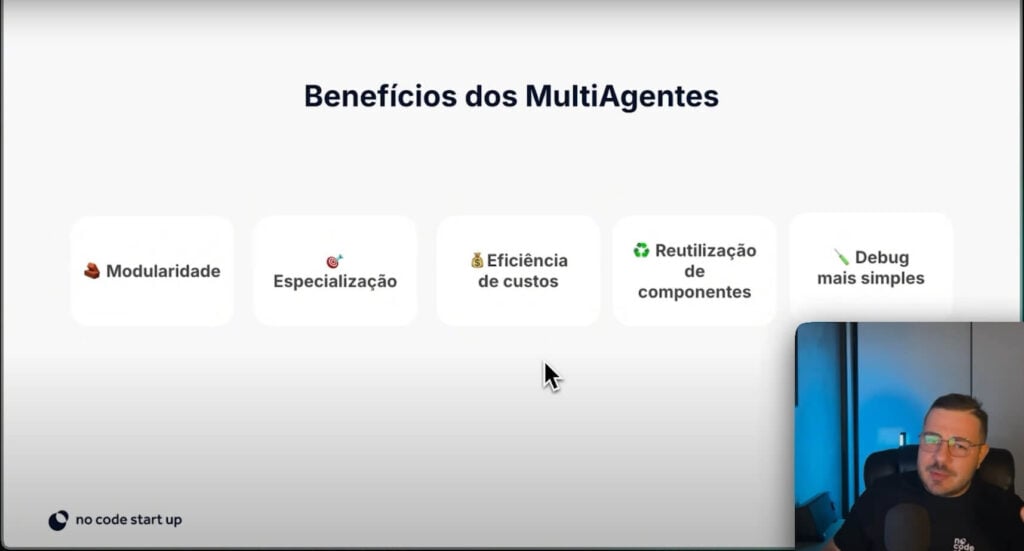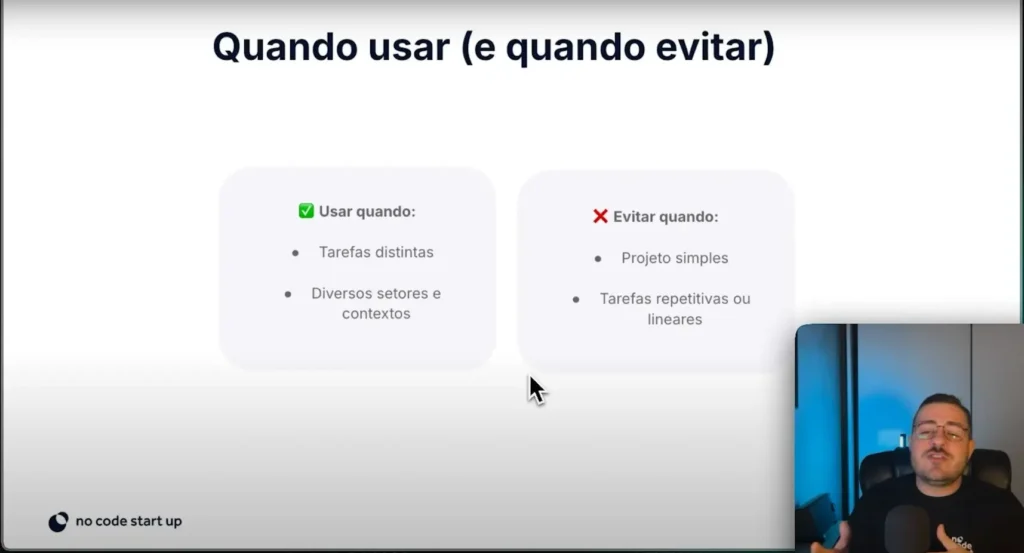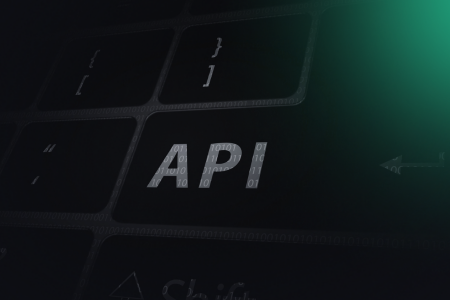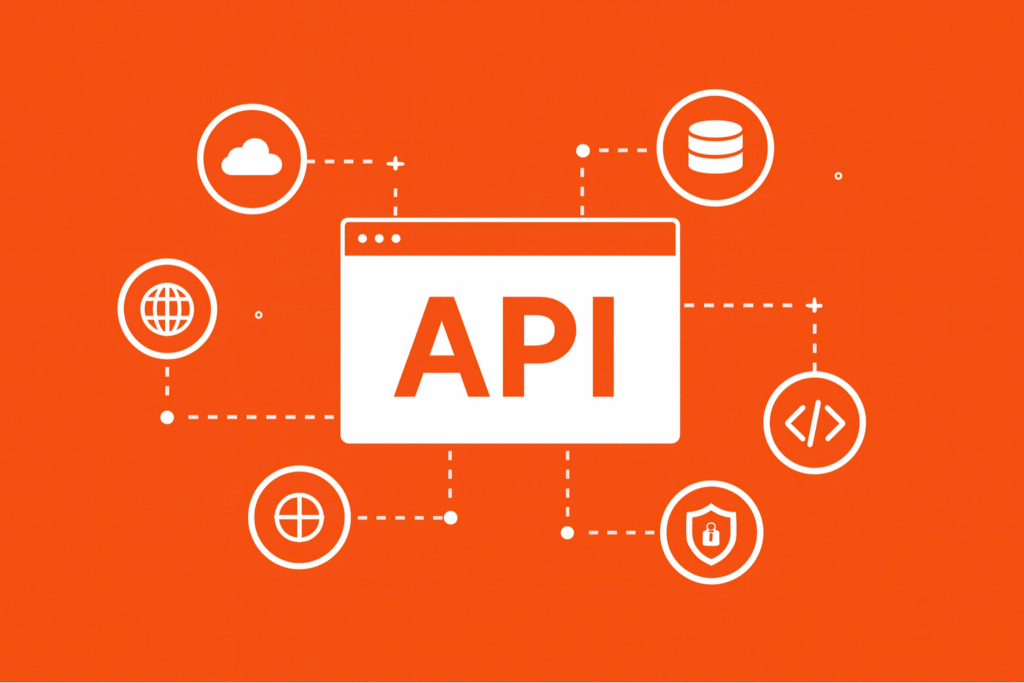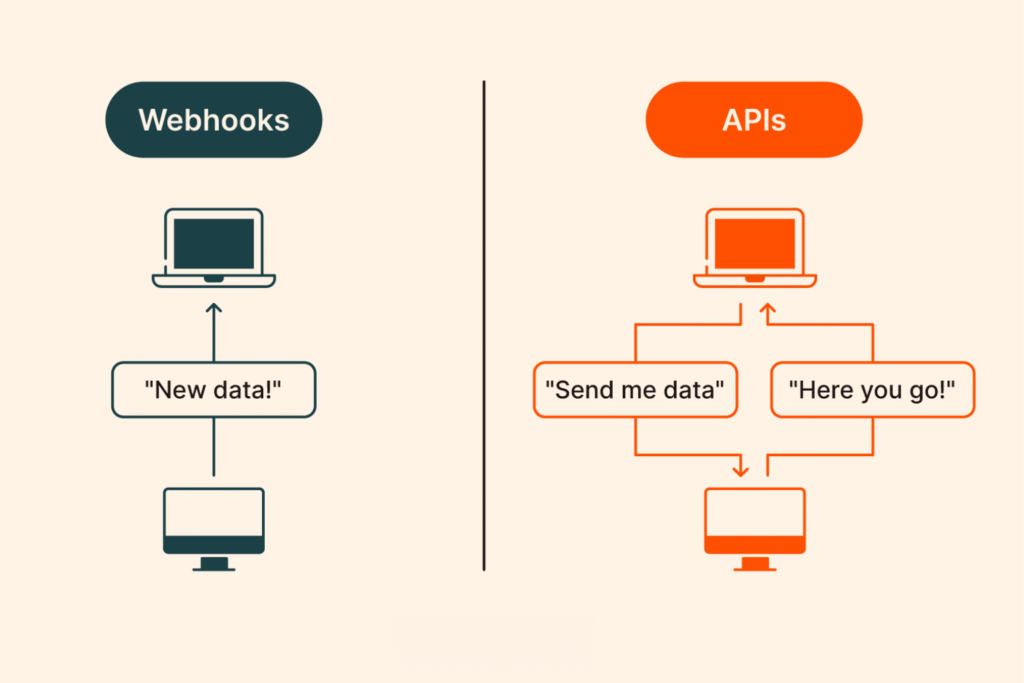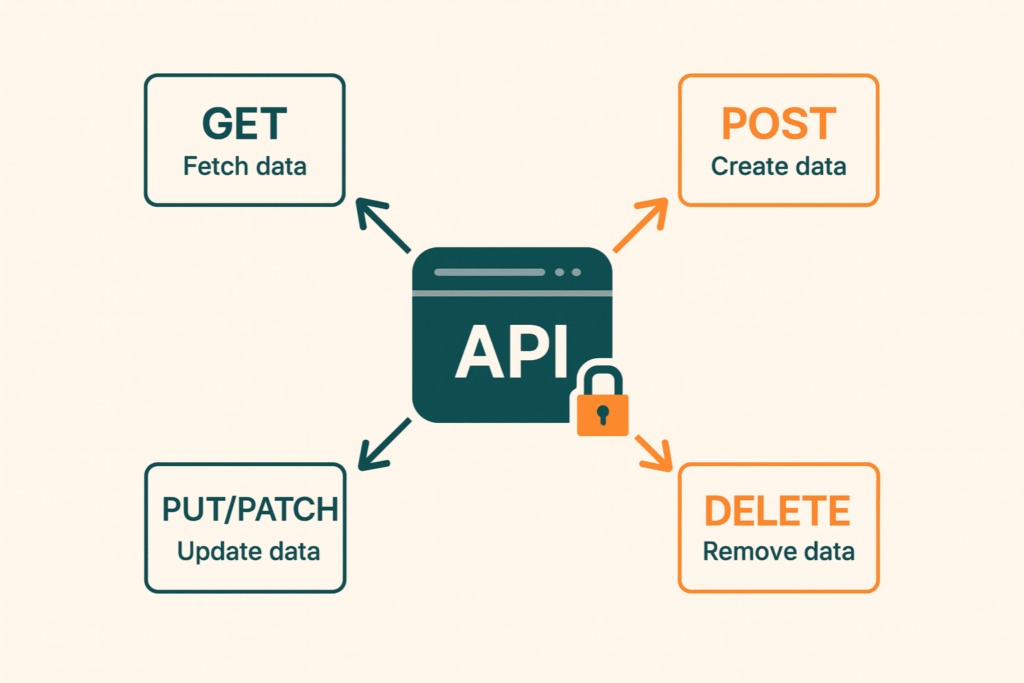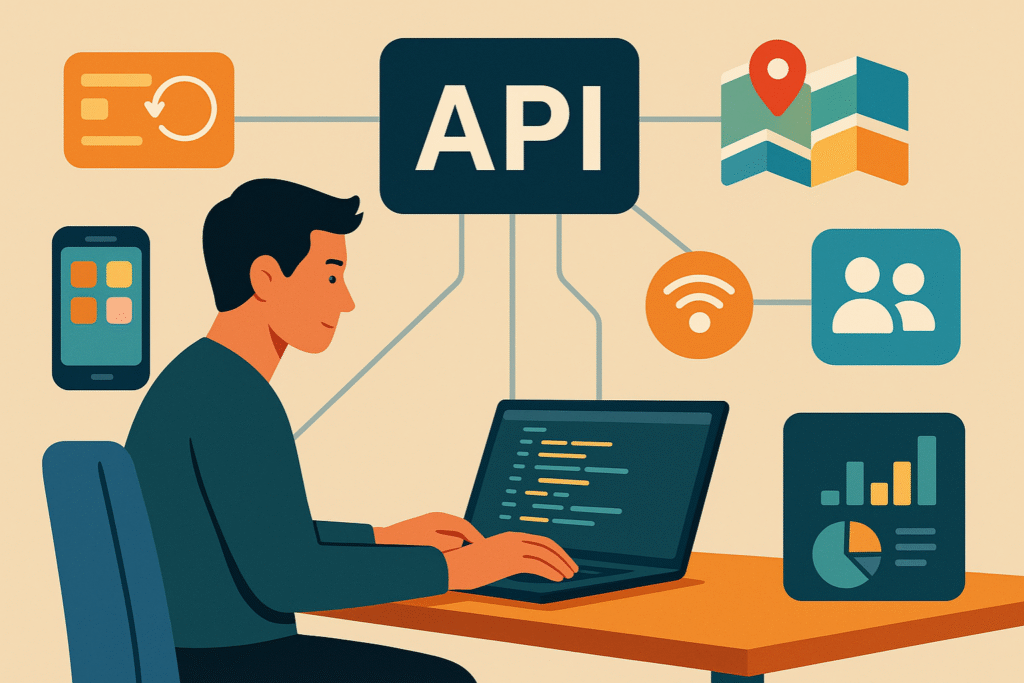Estimated reading time: 6 minutes
Anyone who is attuned to new technologies knows how important mobile apps are in today's world, so it's common for them to want to know how much it costs to create an app.
Regardless of whether the person is an individual or a legal entity, they all use various applications in their daily lives that facilitate everyday life, whether for banking operations, games, shopping or for other purposes, as they are already established technologies.

Table of Contents
After all, how much does it cost to create an app?
If you are still here in this article, you are probably waiting for an answer of how much it costs to create an application, unfortunately I will have to start with the answer that nobody likes, “it depends”.
This is because the value of development varies greatly with its complexity and what uses it will have and how it will be developed.
A small project with low complexity can take from 200 to 1,000 hours of work from your programmer, and this price can vary from R$ 25 thousand to R$ 150 thousand reais.
A more complex application, on the other hand, takes much longer, so the values can increase exponentially, and can cost from R$ 500 thousand to millions of reais, since its development can take years to complete.
In case these values discouraged you, read until the end of this article because I have some interesting news from how to create an app in a more accessible way.
What other factors should I consider in the cost of an APP?
Knowing how much it costs to create an application is important if you are interested in developing one, however the cost of development itself is not the only investment value that you should take into account, as there are other expenses.
In addition to the amount charged by the company or individual that will develop this APP, there are other costs that must be considered, such as amounts necessary for its maintenance and evolution and the hosting and server itself.
These expenses also vary according to the size of the application and the number of accesses they get, and the monthly amount for these extra costs can be:
- R$ 500 per month – for less complex and low-volume applications; or,
- from R$ 5 thousand to R$ 60 thousand – in cases of high complexity with a large number of accesses.
Why are the costs so high?
There are numerous factors that impact how much it costs to create an application, the first is undoubtedly the fact that its development requires people with specific design knowledge and softwares.
Another very important factor that raises the cost is the hours worked necessary for this development to be completed without any type of error, because as the creator has already said, it can take up to months to complete an APP.
However, even after creating an application, it is necessary to follow up with professionals to continue the maintenance and evolution of the platform.
What increases the cost of creating an application?
In addition to requiring people with highly complex knowledge, there are other factors that influence how much it costs to create an application and they are based on some requests made by customers, such as:
- Request that the APP work for both Android and IOS;
- Requiring it to have a custom interface;
- Need to have a login area;
- Request that it has integration with external data;
- Choose an APP that has the means to interact with its user;
- Requiring it to work with more than one language.
With each new functionality requested, the cost of this APP grows, this is because several people are needed in a team to be able to develop all these functions and make them interact with each other without any errors.
How to develop an application with low cost?
Throughout the text it was found that the value of an application is high and for numerous justifiable reasons, however, we know that not everyone is able to invest such high values in the creation of an APP.
A large part of these high costs are associated with the highly qualified labor of the developers. But today there are excellent alternatives to develop applications faster and cheaper.
Modern tools, can help you create your own application without any use of code, known as tools no-code, which significantly reduces how much it costs to create an application.
any of these no-code tools are:
Bubble
O Bubble is a platform that allows you to create your own applications, providing numerous customization options and integration with many other systems.
The values of its plans are very affordable and scale as your application grows, having a free but limited plan and its initial paid plan worth $25.90 dollars / month.
AppGyver
The platform called AppGyver allows you to create your APP completely free of charge, with a visual and easy interface for creating applications for the Play Store and App Store.
Deepen today and know the free AppGyver course from No-Code Start-Up
Now that you know how much it costs to create an app and even other ways to develop it at a low cost, just choose the best option that suits your purposes.
Additional Content:




